
Bigger is better, right? That’s what HTC is hoping with the One max, the phablet version of its One flagship and a direct challenge to Samsung’s Galaxy Note 3. A 5.9-inch screen makes for a sizable device, and HTC has used the extra space to fit in fingerprint biometrics, too, not to mention a much larger battery. So, is the One max the HTC to have?
Hardware
We praised HTC for going with metal construction with the One, rather than cheaper-feeling plastic, and that’s been carried on with the One max. Unfortunately, add together a 5.9-inch phone and all that metal, and you end up with something huge and heavy. In fact, the One max comes in at 164.5 x 82.5 x 10.29 mm and 217g, versus 151.2 x 79.2 x 8.3 mm and 168g for the Galaxy Note 3, and 137 x 68 x 9.3 mm and 143g for the original One. It doesn’t even have quite the same premium feel in the hand as the One, since it uses the same plastic fascia ring as the One mini. That’s just where your fingers grip it, and exactly the place you wish you had metal.

There’s a little new creak to the rear, too, though that’s because HTC has acquiesced and allowed owners to take off the rear panel. Underneath you find the microSIM slot and, most welcome, a microSD slot to add to the 16GB/32GB of internal storage. Sadly it’s not quite a home run, as the battery is still non-accessible.
That’s because HTC stacks it just behind the screen, with a pyramid arrangement of circuit boards and radios on top. The chipset itself is the exact same 1.7GHz Snapdragon 600 quadcore in the One, with 2GB of DDR3 memory, rather than the Snapdragon 800 and 3GB that Samsung splashed out on in the Note 3. There’s also LTE for Verizon and Sprint (though no sign of an AT&T or T-Mobile version), WiFi a/b/g/n/ac, Bluetooth 4.0 (with aptX), GPS, NFC, and the usual sensors. The power button has been shifted to the side of the phone, so that it’s easier to reach, and is no longer integrated with the IR blaster (which remains on the top edge, along with the headphone socket).
The 5.9-inch, Full HD display uses a Super LCD 3 panel, and we’re still fond of its accurate colors (rather than the sometimes over-saturated hues you can get with OLED screens). It’s bright and has great viewing angles, and leaves us really wishing for a kickstand for video use. HTC will at least offer a flip-case that also includes a 1,400 mAh battery, connected via the small row of pogo-pins on the back of the One max.
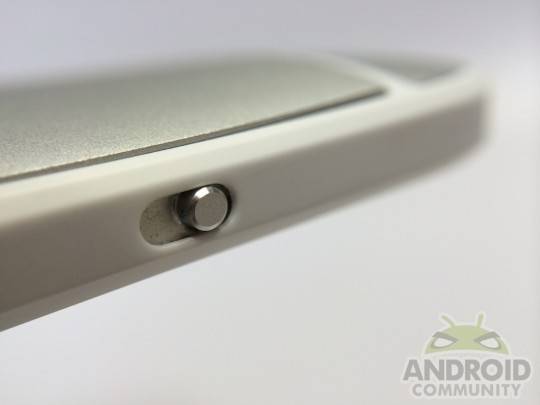
HTC will also offer a stylus in some countries – not the US or UK, mind – though it’s a basic capacitive pen rather than the full, active pen that the Note 3 uses. It works, but it’s not going to give the same accurate digital inking experience that avid notetakers will get on the Samsung.

Beats Audio has been dropped this time around, but HTC has taken the opportunity to boost the size of its BoomSound speaker system, and the effect is considerable. The One max could well be the loudest, clearest Android phone we’ve tested, and it sounds great whether you’re listening to music, watching movies, or using it as a speakerphone.
Fingerprint Sensor
Turn the One max around, and there’s a new grey square underneath the UltraPixel camera: the biometric security. HTC cooked up its own fingerprint sensor, and its own software to run it, though it still all feels a little half-baked at the moment.

Up to three fingerprints can be saved, with the registration process demanding four successive swipes, top to bottom across the sensor. Each print is actually stored as a file detailing the key distinguishing features of your fingertip, rather than an image of it overall, and HTC points out that they’re only ever kept in an encrypted part of the phone’s own storage, rather than backed up to the cloud.

Once saved, you can optionally assign an app shortcut to each fingerprint, so that scanning it not only unlocks the phone but runs the software. However, there’s no way to only allow access to that app but not unlock the phone itself. There’s also no way to use the sensor to bypass putting in a password for Play store purchases or website logins; it’s only used to unlock the One max.

They’re not the only issues we’ve had. For a start, whereas Apple’s Touch ID allows you to wake and unlock the iPhone 5s with a single press of the home button, on the One max you have to first wake the phone and then scan a finger, adding in an extra step. The ergonomics aren’t ideal, either: your swipe has to be vertical, but you naturally hold the One max with your fingers running across the sensor, at a diagonal. Even when you do turn the phone the right way, it’s all too easy to over-reach and leave fingerprints across the camera lens, too.
Once we’d got to grips with how we had to hold the One max, we had decent results with accuracy. However, it’s not quite enough to convince us on HTC’s biometrics implementation: if it’s going to take off, fingerprint security needs to be seamless, and right now that’s simply not the case. Add in that HTC says it’s really targeting convenience rather than security with the system, and the fact that it’s not actually all that convenient anyway leaves us cold.
Software
Just as there’s no special pen functionality on the One max, neither has Android nor HTC Sense been modified in any particular way to take advantage of the 5.9-inch screen. What you do get is a more general refresh, using Android 4.3 and Sense 5.5.

HTC’s interface is, like most custom Android skins, an acquired taste. Some love modified UIs and some far prefer Google’s pure Android; HTC, at least, did a reasonably good job making Sense 5 as it launched on the original One look great. BlinkFeed, the company’s own take on Flipboard for news and social aggregation, is enough for the average user, and the Zoe camera features remain some of our favorite ways of processing multimedia.
In Sense 5.5, BlinkFeed is upgraded to include Google+ content along with RSS feeds, and you can set up keyword searches to pull in headlines based on themes you’re particularly interested in. There’s a new Reading List feature that can store up to 120 articles for offline consumption (the oldest are automatically deleted once you reach that 120 limit and save more), or you can turn off BlinkFeed altogether if you prefer.
The IR blaster app, HTC TV, has been tweaked to make it easier to setup as well as run as a regular universal remote, and there’s a new Do Not Disturb setting that allows you to effectively “snooze” notifications – with optional overrides for alarms, timers, and specific contacts – for up to twelve hours. HTC has ditched its previous Dropbox deal, opting to bundle 50GB of Google Drive storage instead (for two years).
So far so good, and yet none of the changes HTC has made really address that vast display. There’s none of the split-screen or windowed app cleverness that Samsung and LG have experimented with on their phablets, and nor is the One max particularly adept at note-taking. The Scibble app, first a feature on the HTC Flyer, has been updated with new note templates and support for handwritten, typed, or audio recordings, but they’re stored on the One max itself, rather than pushed to the cloud.
Battery Life
A 3,300mAh battery is huge, and goes a long way to making up for the fact that it’s non-user-accessible. As you might expect, the One max delivers great runtime even with heavy use; HTC suggests up to 25hrs of WCDMA talk time or up to 585 hours of WCDMA standby, and in practice we easily got through a full day on a single charge and with some to spare.
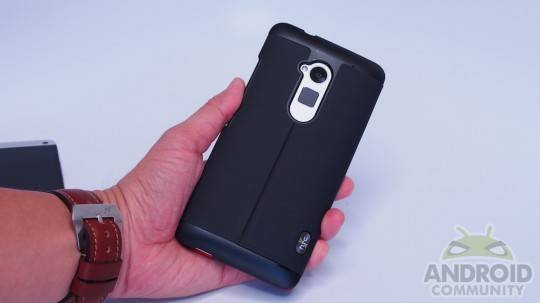
That means, if you’re not quite so keen a user, you could effectively get through two days with the One max without having to plug in the AC adapter. HTC also allows the One max to learn your usage patterns and automatically power down the more battery-hungry components, like the wireless radios, when it figures you’re not using them. So, when it’s in sleep mode, the One max will automatically go into a super-frugal state while it’s on your nightstand. Sure enough, we’ve seen great standby times, with the One max positively miserly in its consumption.
Camera & Video
HTC’s changes to the camera system on the One max have been subtle, though not all positive. You still get the same 4-megapixel UltraPixel BSI sensor, with 2.0-micron pixels for increased low-light performance, a dedicated HTC ImageChip 2 processor, f/2.0 aperture, and 28mm lens, and the LED flash can still automatically switch between five levels of brightness according to how close the subject is. 1080p Full HD video can be recorded, as well as in HDR mode, and there’s a 2.1-megapixel front facing camera with 88-degree wide angle lens.
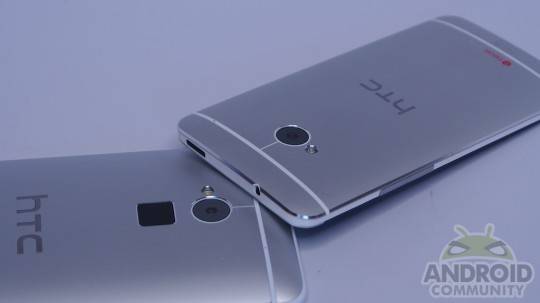
Unfortunately, despite being larger than the One, the One max drops the camera’s optical image stabilization. The end result is a dip in low-light and sports performance: the new smartphone can suffer a little extra blur in scenes where the One demonstrated none. It’s still subtle, since HTC can opt for faster shutter-speeds given the bigger than typical pixels.
On the flip side, daylight shots are good but not the greatest. Here, the shortfall in megapixels makes itself known, with the One max lacking detail that the Note 3 and LG G2 picked up.
HTC has made a few improvements to its Zoe system in Sense 5.5, the combination still and video capture system that grabs both a 3.6s Full HD video clip and twenty shots taken in rapid succession. The main difference is in how Zoes are now processed: there are more themes – which include transitions, music, and effects – and you can use your own backing music. Spliced-up Highlight clips can run for longer than the 30 second limit the One originally launched with, and there’s greater manual control over which sections get included and in what order.
The other change is a new dual-shot feature, which pieces together a single frame from images captured from the front and back cameras simultaneously. It’s handy for including your reaction or showing that you were indeed present on that particular family holiday, but it’s nothing we’ve not seen on Samsung and LG devices before.
Wrap-Up
We were frustrated by the market reception HTC had with the original One. The smartphone was a premium-feeling powerhouse of innovation, HTC genuinely recognizing that it needed to do something unique and different if it wanted a hope at standing out. The fact that it failed to get the attention we – and other reviewers – felt it deserved was more about the limitations of HTC’s marketing budget than the One itself.
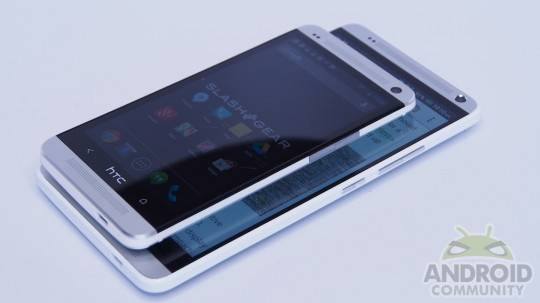
In contrast, the One max underwhelms because it feels like HTC has let innovation slide again. Hardware-wise, it’s simply a bigger HTC One, and while that’s not a bad thing, neither is it the outstanding thing that HTC needs in order to compete with the current state of the smartphone market. The changes in Sense 5.5 are neat, but they’ll be headed to the One and One mini as well, which only serves to highlight the fact that HTC has done nothing to specifically capitalize on the phablet form-factor.
If you simply must have a bigger HTC, then the One max completes the company’s trio of flagships. Everyone else, however, will get an arguably better experience from the original HTC One, while those looking specifically for a phablet should strongly consider the Note 3 with all the stylus-related advantages it brings. HTC’s biggest phone is solid, but it lacks the sparkle of the One and the imagination the company really needs to be demonstrating.


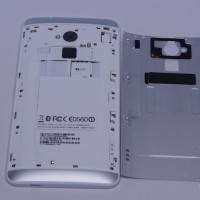

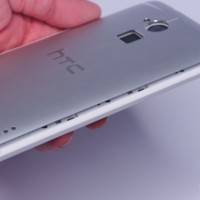










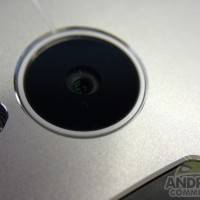
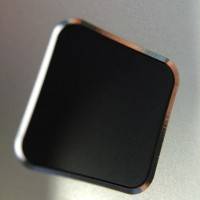





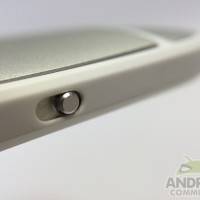






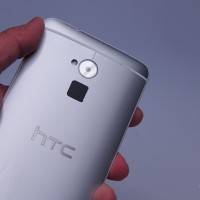
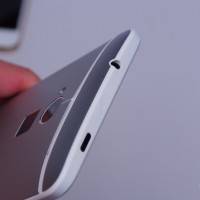

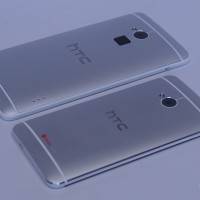
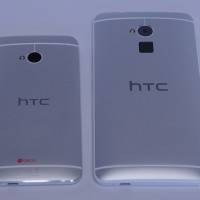








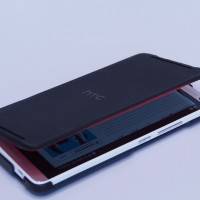
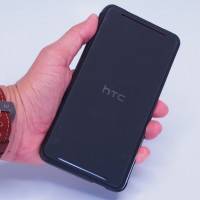
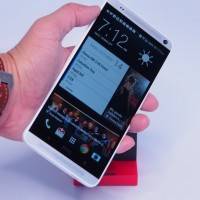

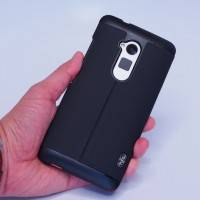

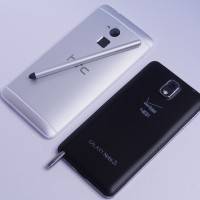

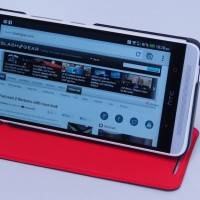









If there’s a Developer’s Edition I’ll get it day one.
OMG! Forget the finger-app gimmick! I don’t have time for it. How about just unlock, get to the app, press on the icon to start?!!! I bet it would take 3 sec vs 15 minutes to swipe, re-swipe, and re-swipe since the phone may not get the 1st time! LOL. Maybe not 15 min, I exaggerate here, but it may certainly take much longer and besides why do I have to remember which finger starts which apps?!!!
Note 3 pimp slaps this so easily it’s comical.
Looking at all the comments you’ve been posting, all you do is bash every company other than Samsung. Will you stop? It’s really annoying, and it won’t get you anywhere.
looks like samsung anal probe you every night, no other reason i can think of why you love them so much
My Uncle Andrew recently got a fantastic blue Mercedes-Benz
GLA-Class SUV just by parttime work from a macbook… the original source www.BIG29.com
My wife and i recently both upgraded on sprint. I chose the one max and she chose the note 3. She now has decided she wishes to get a one max as well after getting a feel for the phone.especially with sprints one max being 1 of 4 spark enabled devices.the only thing im hoping for is an ota to 4.4 in the future the enable google wallets nfc tap to pay.sbeam is the only function i really miss in my galaxy device